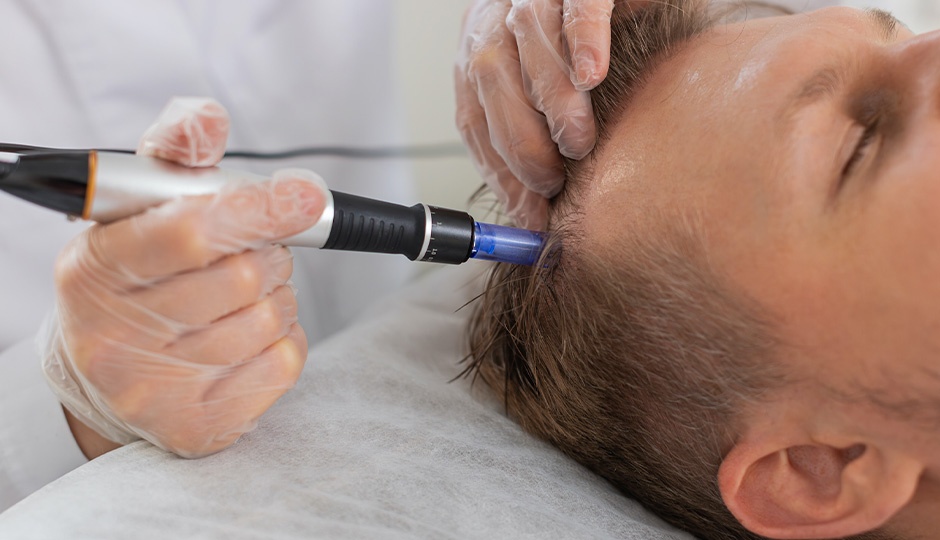Vitamin D is one of the most common nutrients that Americans are deficient in. If you are not spending much time out in the sun, that may be one of the reasons why. Vitamin D comes directly from the sun, though you can also supplement your diet with it as well. If you deficient, you may have a drop in energy and may have a slow-moving immune system. In addition to this, you may also have alopecia or hair loss. There are studies that connect this type of hair loss to a Vitamin D deficiency.
Why Vitamin D Matters to Hair Growth
Vitamin D deficiency (and in some cases, having an excess amount of Vitamin D from taking supplements) can cause you to lose your hair. The body needs Vitamin D for many things. It is essential to the bones, maintaining the immune system, and keeping the skin healthy. It also helps to stimulate new cell growth. It helps create new hair follicles, too.
Hair loss is a common indicator of a Vitamin D deficiency. You may also notice a thinning of your hair in some areas. Additionally, many with Vitamin D deficiency report telogen effluvium, or excess hair shedding.
How Much Vitamin D Do You Need?
It is important to check with your doctor to determine the right dose for your situation. However, most people need at least 600 IU or 15 micrograms of Vitamin D each day. This is the lowest recommended dose for maintaining normal hair growth. It may not be enough to combat hair loss or deficiency. Be sure to speak to your doctor to determine your correct dose.
How Does Vitamin D and Scarring Hair Loss Connect?
Hair follicles become damaged over time. This is called scarring. It may occur across a small area or a larger one. When this type of scarring occurs, the hair follicle can no longer produce a hair from it. That can lead to hair thinning and alopecia, especially if it occurs in a specific area.
However, without Vitamin D, the scalp and skin cannot produce new hair follicles. That means hair cannot grow from the old hair follicles, and no new hair follicles can grow in their place. That leads to hair loss, including alopecia areata in men and women.
Alopecia areata is a type of autoimmune disorder. It is common in those who have other autoimmune conditions. If you believe you are suffering from this condition, getting a formal blood test can confirm it.
What You Can Do Today to See Results
Unfortunately, it can take some time for you to see results from increasing your Vitamin D intake to seeing your hair grow back. It is a slow process because your body needs to build up those reserves. Yet, being consistent can help you to see results sooner.
The two ways to get Vitamin D is through supplements or sun exposure. Most of the time, a multivitamin will contain around 400 IU of Vitamin D. That is below the amount your body needs to maintain natural hair growth. That means you may need to up your dosage (following your doctor’s recommendations). You may also find Vitamin D in some foods. This includes foods that are fortified with Vitamin D as well as foods like mackerel, salmon, and fish liver oils.
Most people get the most Vitamin D from the sun. Spending some time out in the sun is good for your overall mental health, especially when doing so may help you to see hair growth improve. It is important to use sunblock, but do not use too much. This may make it harder for your body to absorb the Vitamin D from the sun’s rays. Aim to spend 10 to 15 minutes outside on bright, sunny days. You may need more time outdoors if there are clouds.
If you believe you are not getting enough Vitamin D and are experiencing hair loss, a visit with your primary care physician is highly recommended. Your physician will determine if you are deficient through blood work. For more information on how to treat your hair loss or thinning hair, contact the team at Unique Hair Concepts.






